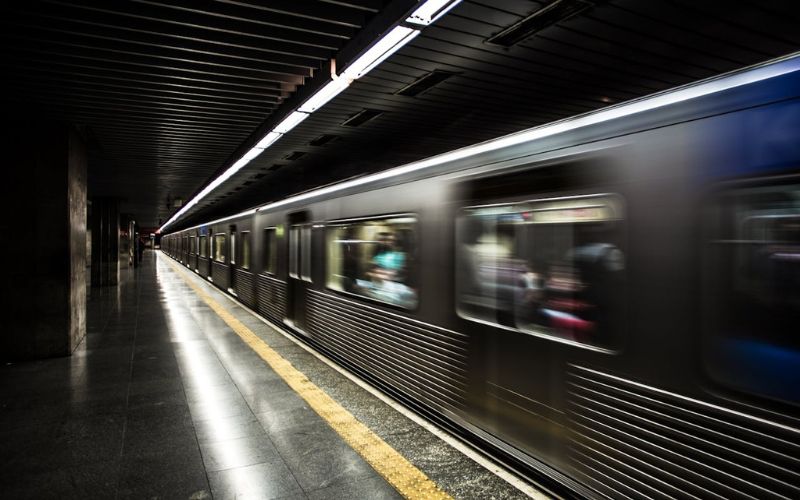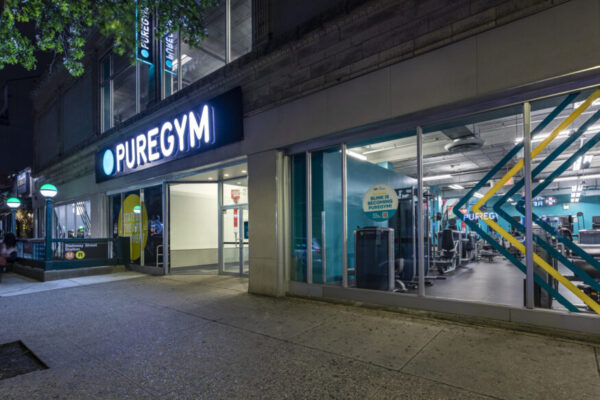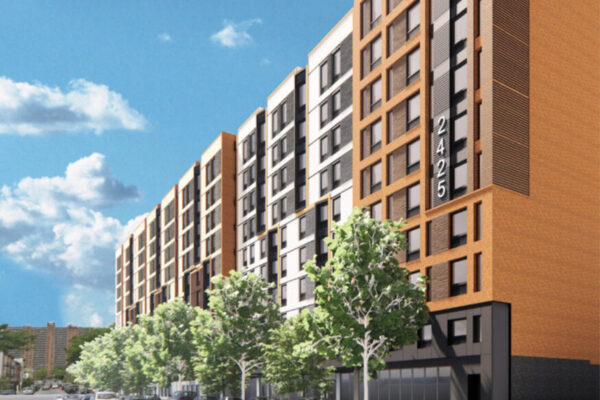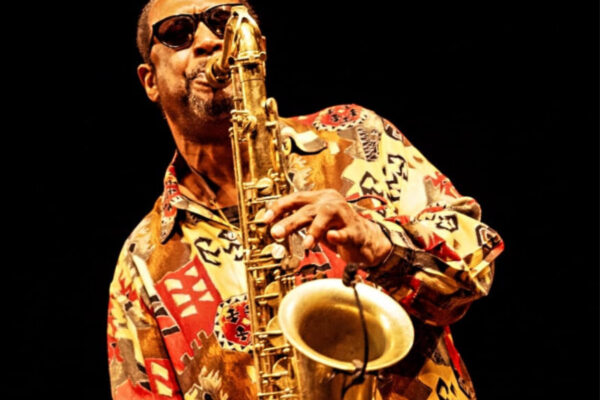In an effort to enhance the riding experience and adapt to changing travel patterns around New York City, the Metropolitan Transportation Authority (MTA) is implementing service improvements on two popular subway lines this fall.
In order to better serve commuters adjusting to a post-pandemic environment of hybrid work and shifting travel patterns, the MTA intends to expand train frequency on the A and L lines beginning in November, adding both midday and rush-hour service.
Midday and Morning Rush Hour Trains on the Way
There will be one extra round-trip for the A train on weekdays during the lunchtime period. Additionally, service will be expanded to the Far Rockaway and Lefferts Boulevard branches.
During the morning rush, four more round-trip trains will be added to the L line, which serves as a vital link between Williamsburg, East New York, and Manhattan’s 14th Street corridor. The MTA will increase the number of trains it runs in each direction from 20 to 22 per hour between 8:00 and 9:00 a.m.
In a statement, NYC Transit President Demetrius Crichlow said, “At a time when subway service is the best it’s been in a dozen years, this makes it even better.”
Night Owl Tweaks and Infrastructure Improvements
Additionally, the L train’s weekend timetable will change, moving some early morning service to the evening to better accommodate late-night passengers going from Brooklyn to Manhattan.
Recent electrical improvements to the L line’s infrastructure have made this improved service possible by enabling it to accommodate more trains during peak hours.
Responding to a Changing City
The number of daily trips for subway riders has stabilized to about 4 million during the week. However, this is still well-below the pre-pandemic daily average of 5.5 million. Despite these lower daily numbers, crowding during rush hour is still a major problem, particularly for popular neighborhoods and busy thoroughfares.
Officials say the upgrades are all part of a bigger effort to update the service in response to the changing work schedules of New Yorkers. This can be seen in the emergence of remote and hybrid jobs, which change the way, time, and location of commutes for New Yorkers.
A Small Price for a Big Impact
With these changes, the estimated annual cost for the expanded service is $600,000, according to transit officials. This is a small amount and officials say the investment will yield huge advantages for daily customers, like reduced wait times and congestion.
Transit advocates praised the modifications, commending the MTA for its timely planning and called for further funding for all lines’ frequency, accessibility, and dependability.
When will these changes take place? If the MTA board authorizes the changes, they will go into effect in November and give commuters who rely on the A and L lines to get around the city the much-needed respite they deserve.

















Leave a Reply